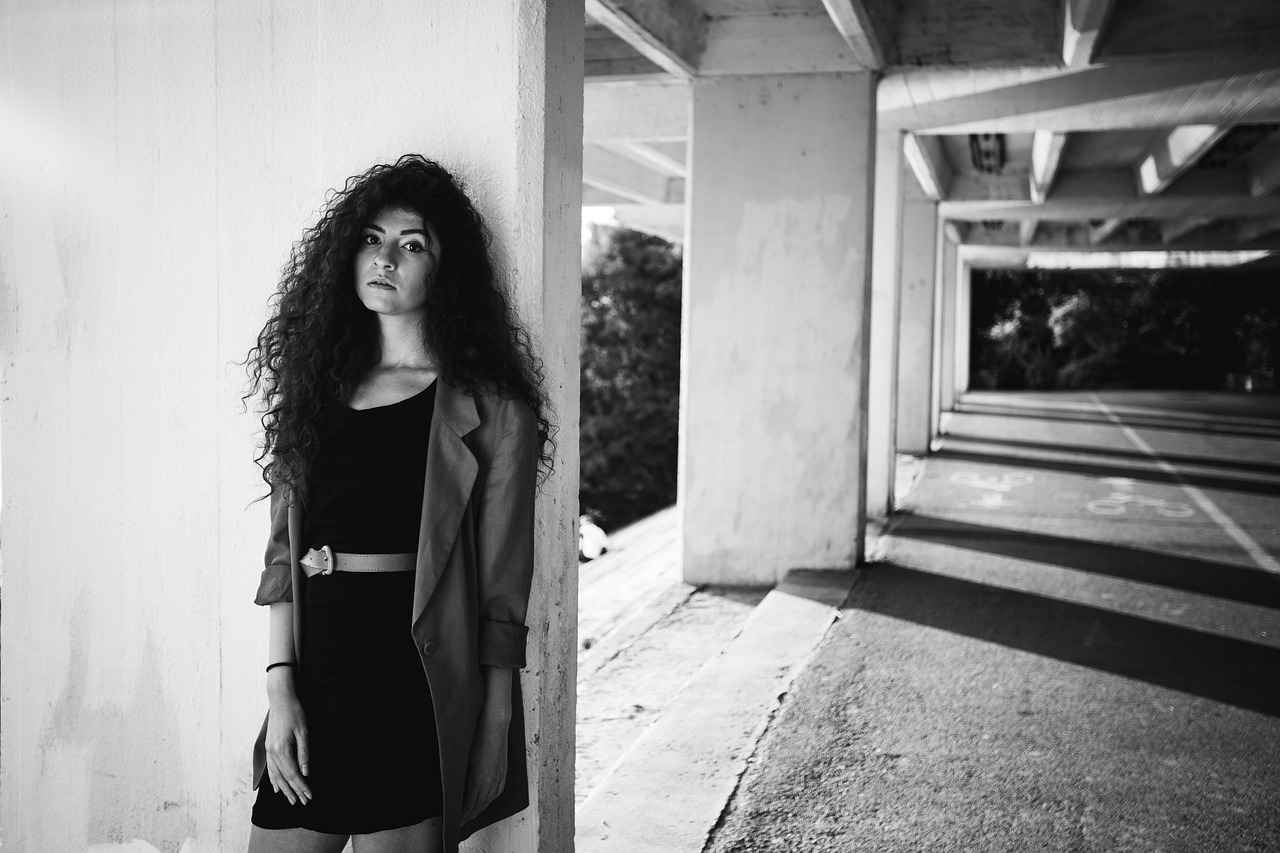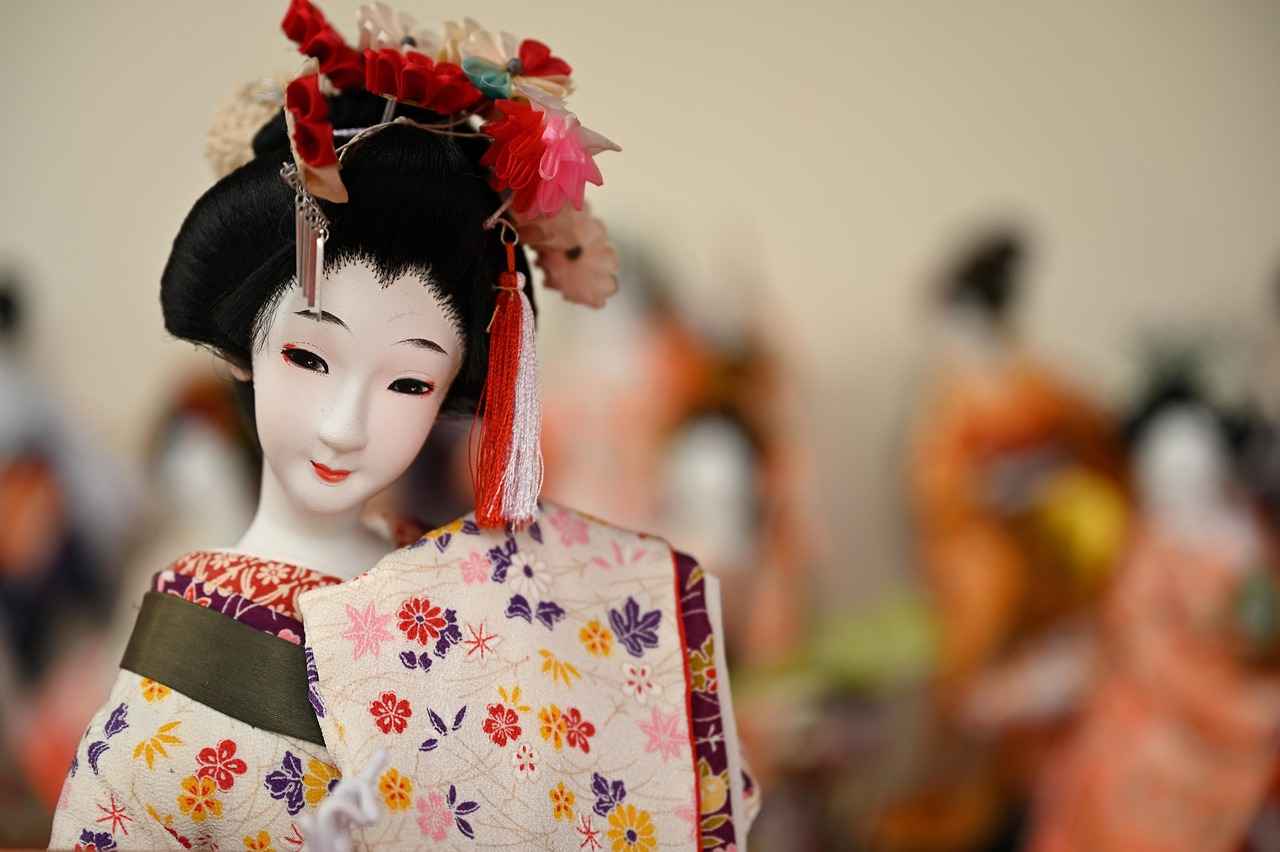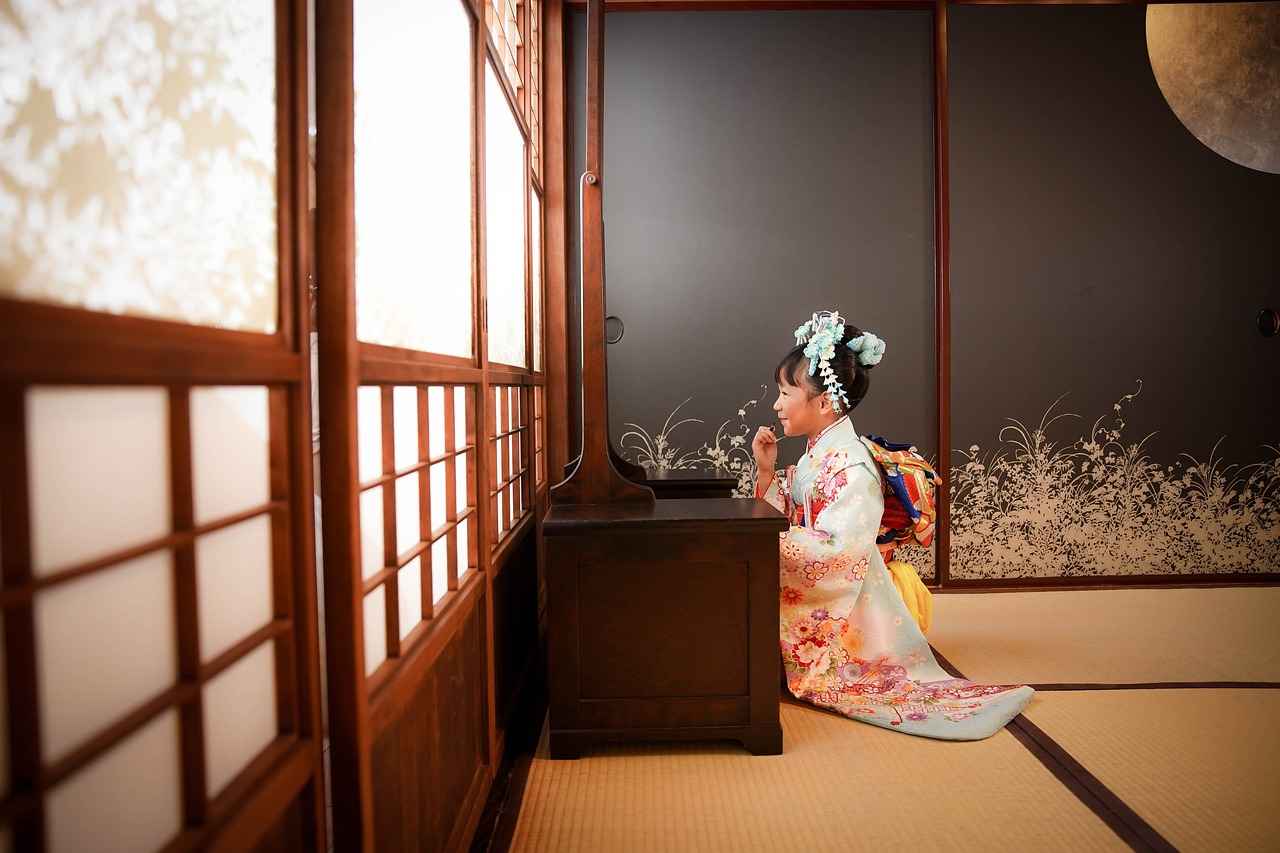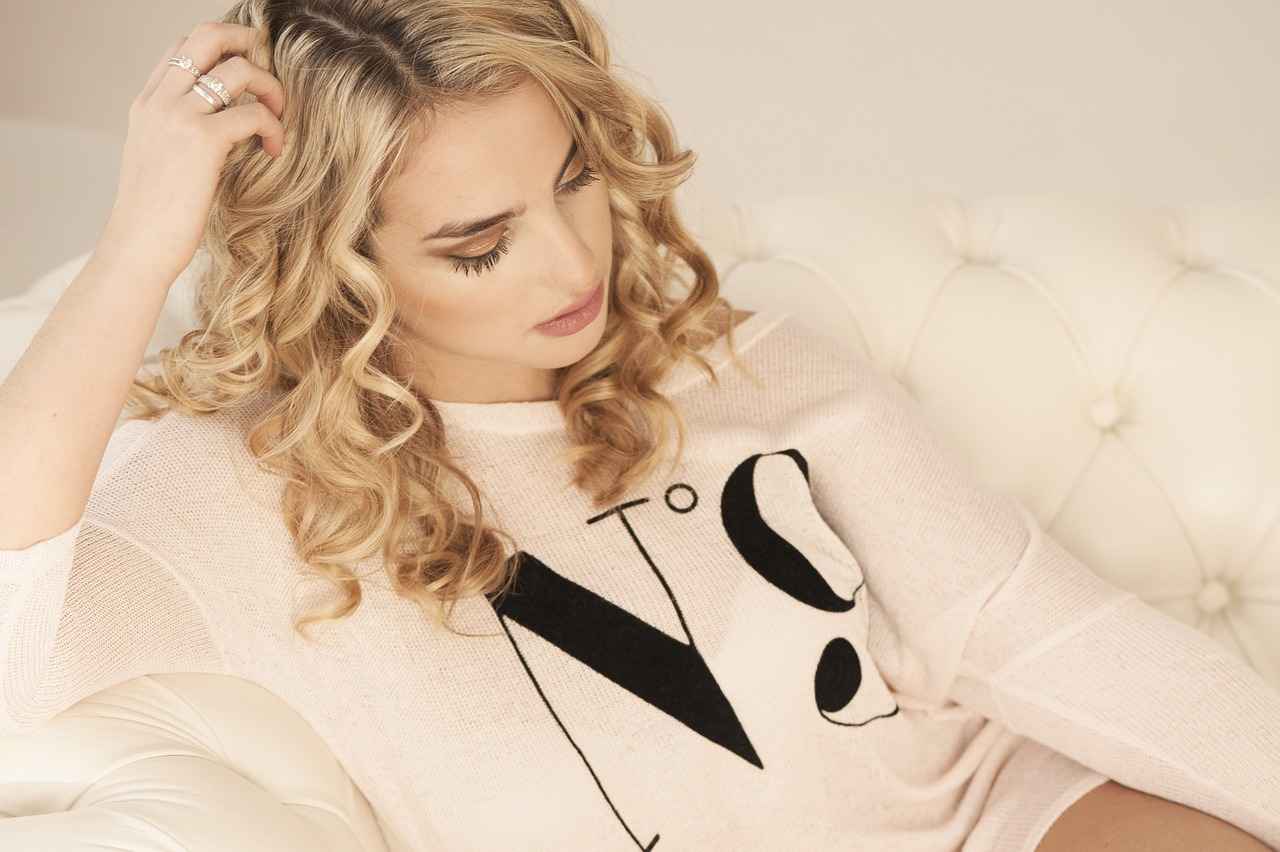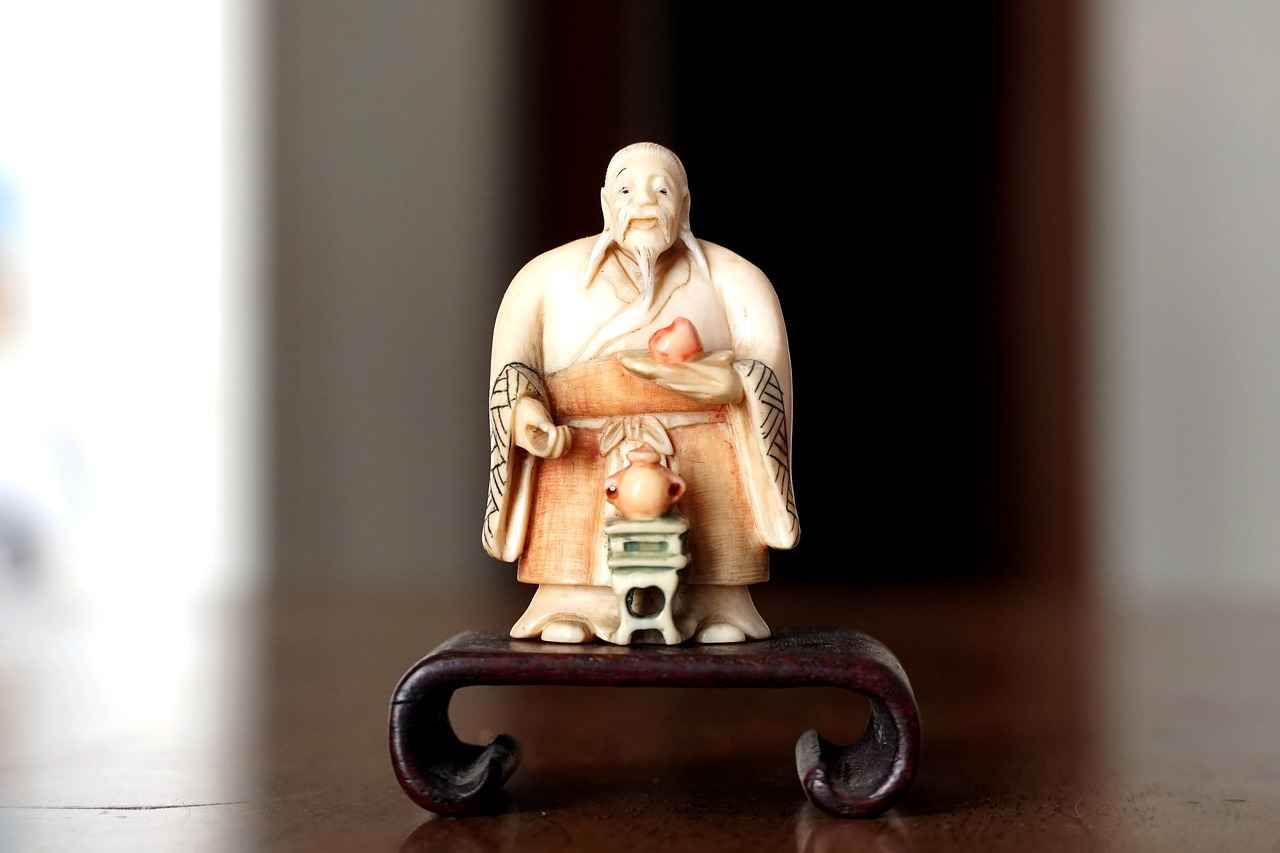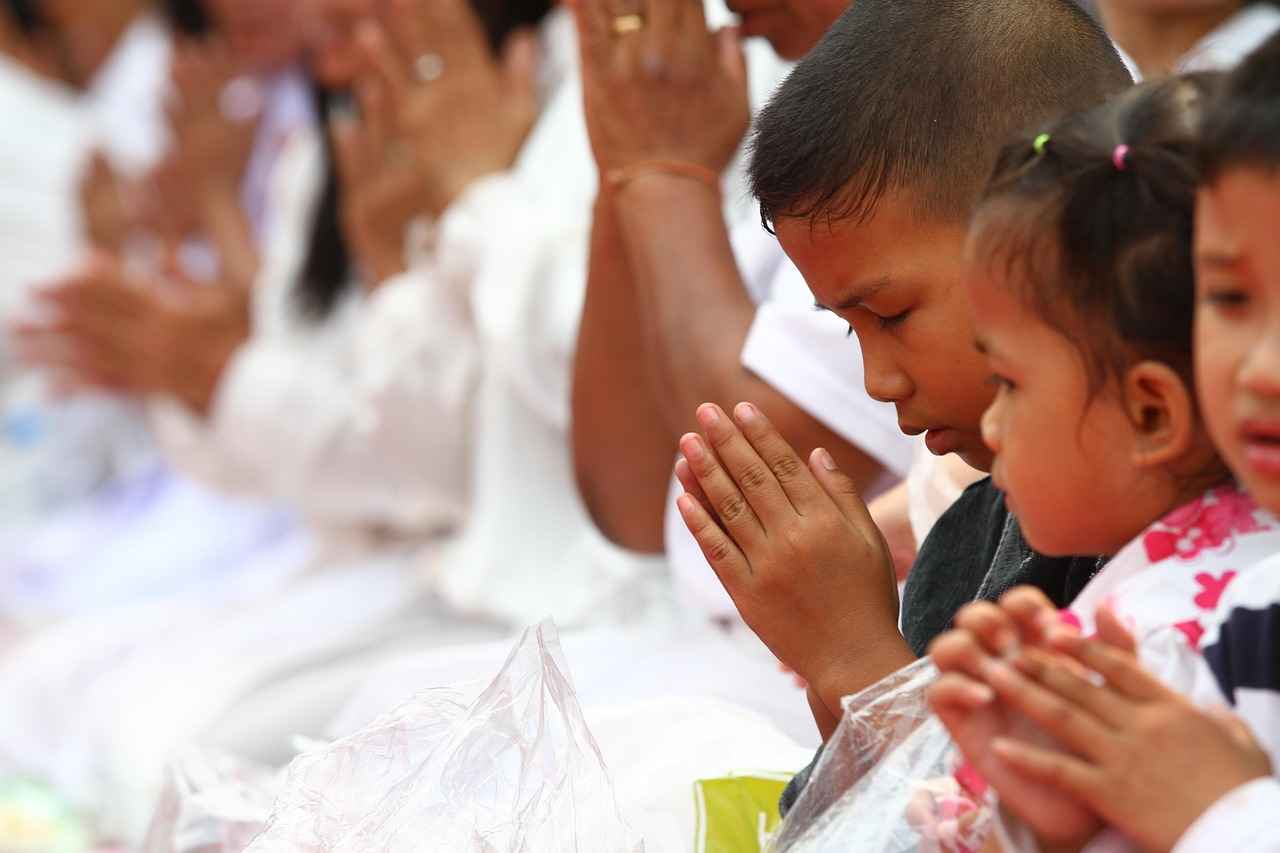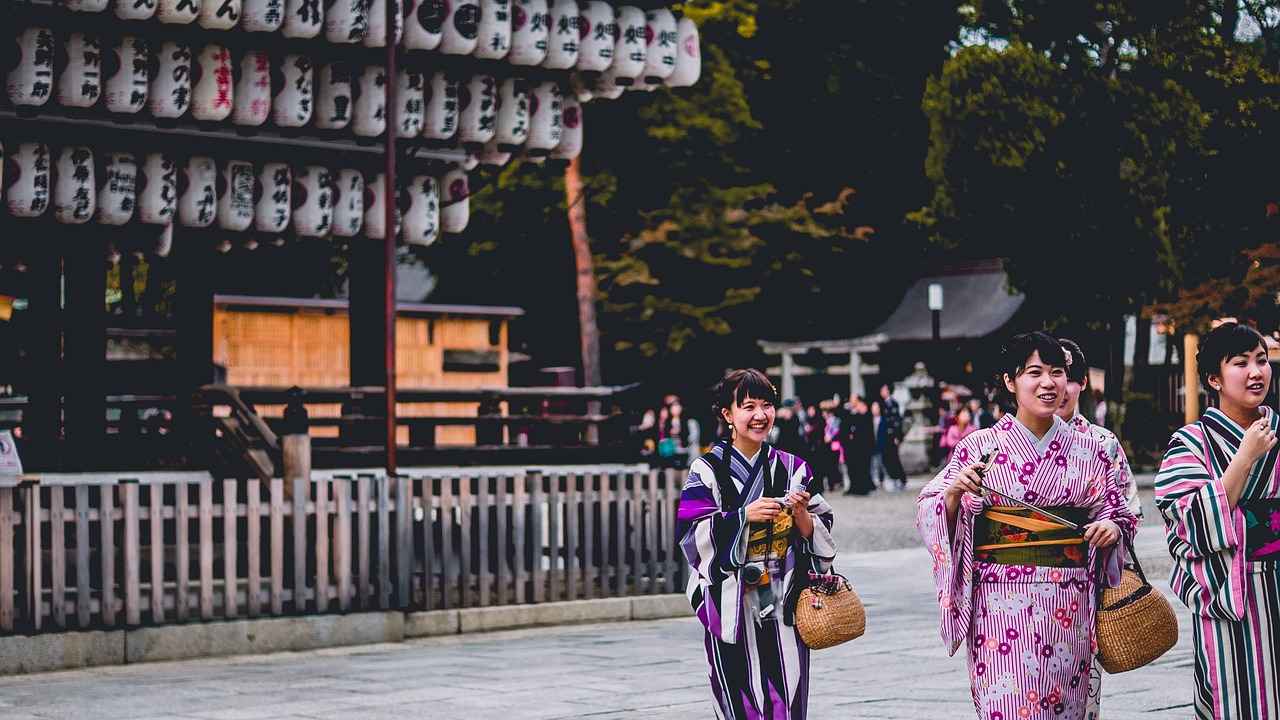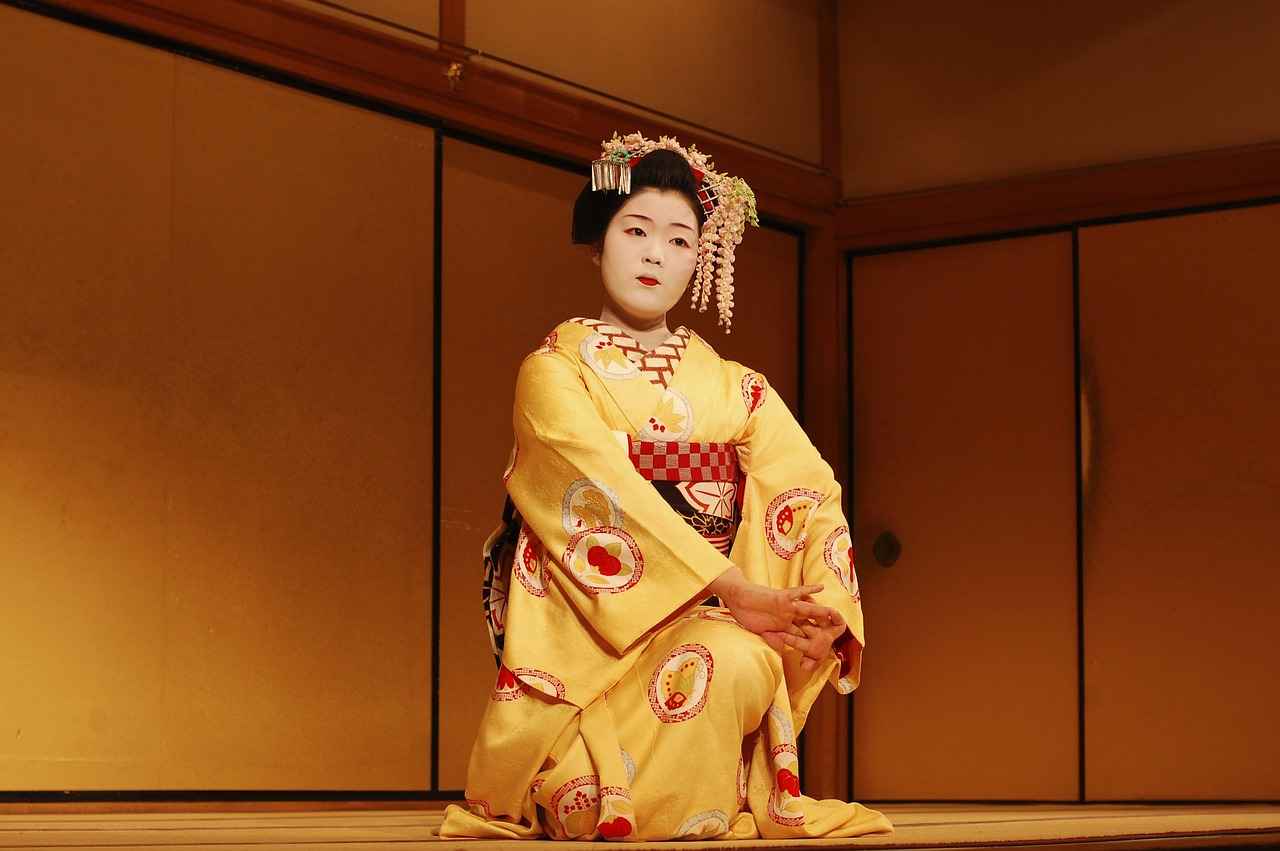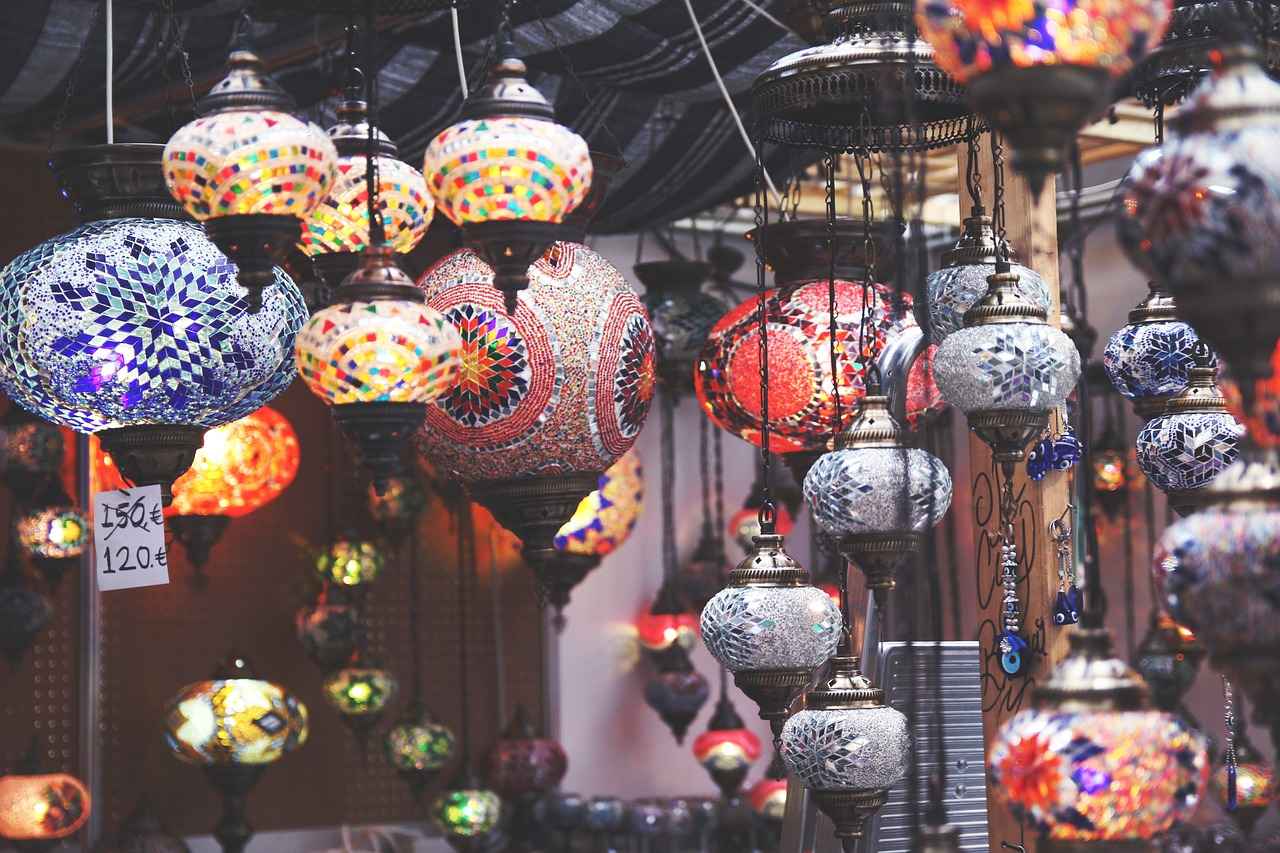This comprehensive guide explores the rich tradition and modern adaptations of the kimono dress, offering insights on styles, occasions, and tips for wearing it with elegance and grace.
Understanding the Kimono Dress
The kimono dress is a symbol of Japanese culture, representing a blend of tradition and contemporary fashion. Its history dates back centuries, evolving from a practical garment to an iconic fashion statement. Today, the kimono dress is appreciated not only in Japan but also around the world, embodying both cultural significance and modern style.
Types of Kimono Dresses
There are various styles of kimono dresses, each with unique characteristics. Below are some notable types:
- Traditional Kimonos: These include the furisode and tomesode, each with specific uses and cultural meanings.
- Modern Adaptations: Contemporary kimonos often incorporate Western fashion elements, making them versatile for various occasions.
Choosing the Right Kimono Dress for Your Body Type
Selecting a kimono dress that flatters your body type is essential. Here are some tips:
- Body Shapes: Understanding your body shape can help in choosing the most flattering kimono style.
- Fit and Comfort: Ensure the kimono fits well and allows for comfortable movement.
Accessorizing Your Kimono Dress
Accessories play a crucial role in completing your kimono look. Consider the following:
- Obi: The obi is a traditional sash that can enhance the overall look.
- Footwear: Choose appropriate footwear, such as zori or geta, to complement your kimono.
- Jewelry: Keep it minimal to maintain the elegance of the kimono.
Occasions to Wear a Kimono Dress
Kimono dresses can be worn for various occasions:
- Casual Outings: Opt for lighter fabrics and simpler styles for a relaxed look.
- Formal Events: Choose more elaborate designs and formal accessories for weddings and ceremonies.
Caring for Your Kimono Dress
Proper care and maintenance of your kimono dress are crucial for preserving its beauty. Here are some tips:
- Cleaning Techniques: Use gentle methods to avoid damaging the fabric.
- Storage Tips: Store your kimono properly to prevent wrinkles and deterioration.
Conclusion: Embracing the Kimono Dress
Wearing a kimono dress is not just about fashion; it’s about embracing a rich cultural heritage. Understanding and respecting the traditions behind this beautiful garment will enhance your experience and appreciation of the kimono.
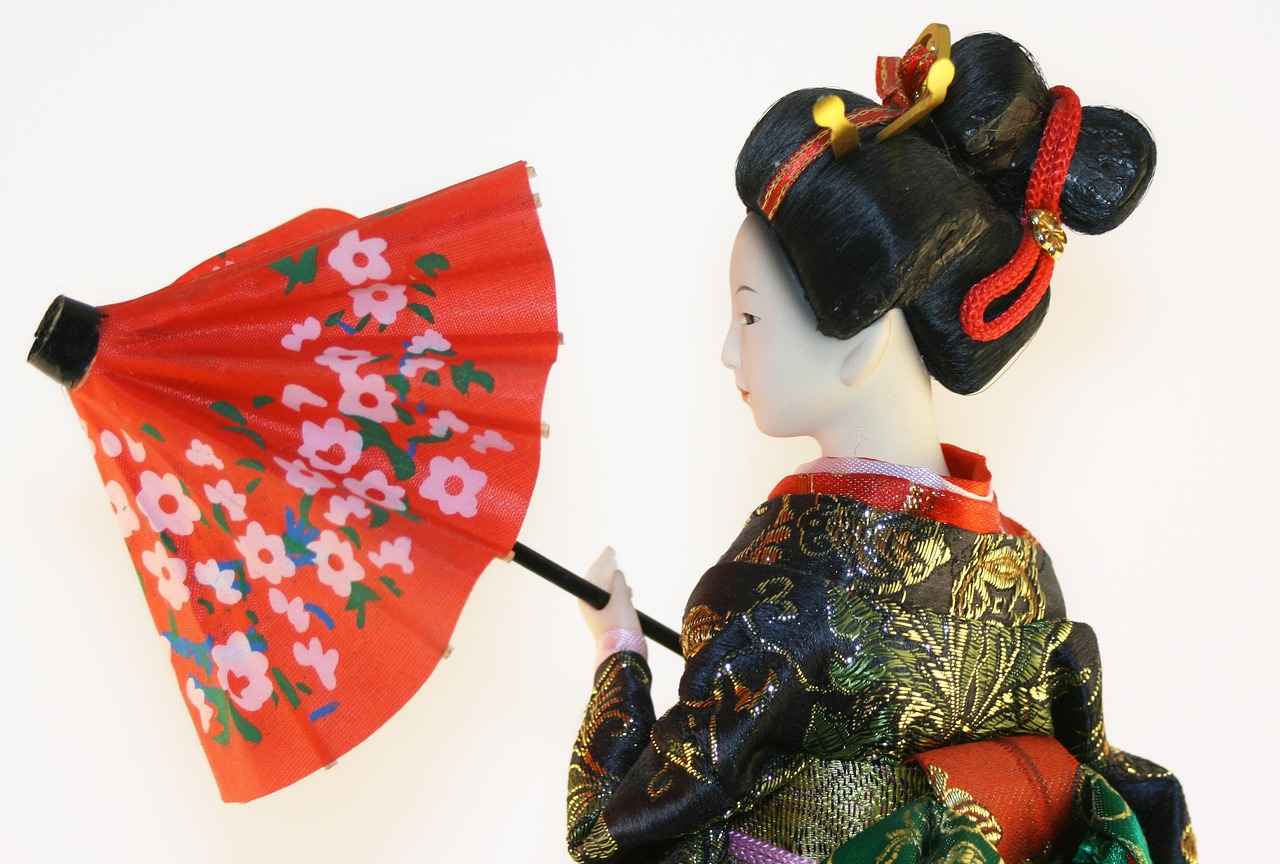
Understanding the Kimono Dress
The kimono dress stands as a profound symbol of Japanese culture, intertwining the threads of tradition with the vibrant hues of contemporary fashion. This exquisite garment has a rich history that dates back centuries, evolving in style and significance over time. Understanding the kimono dress not only enhances our appreciation for this beautiful attire but also allows us to recognize its importance in both historical and modern contexts.
Historically, the kimono was more than just clothing; it was a reflection of social status, age, and even marital status. The fabric, color, and patterns of a kimono often conveyed messages about the wearer’s identity and life stage. For example, the furisode, characterized by its long sleeves, is traditionally worn by young, unmarried women during significant events, symbolizing youth and vitality. In contrast, the tomesode, with its shorter sleeves, is typically donned by married women, often at formal gatherings, signifying elegance and maturity.
In contemporary fashion, the kimono dress has transcended its traditional boundaries, finding new life in modern wardrobes worldwide. Designers have embraced the kimono silhouette, infusing it with innovative fabrics and contemporary cuts, making it a versatile choice for various occasions. Today, the kimono dress is celebrated not only in Japan but also on global runways, showcasing its adaptability and timeless allure.
Moreover, the kimono dress serves as a bridge between generations, allowing wearers to connect with their heritage while expressing personal style. This beautiful garment continues to inspire fashion enthusiasts and cultural admirers alike, reminding us of the rich tapestry of stories woven into its fabric.
In conclusion, the kimono dress is more than just a piece of clothing; it is a testament to the enduring legacy of Japanese culture. By understanding its history and significance, we can appreciate the beauty and artistry that this iconic garment represents in both historical and modern contexts.
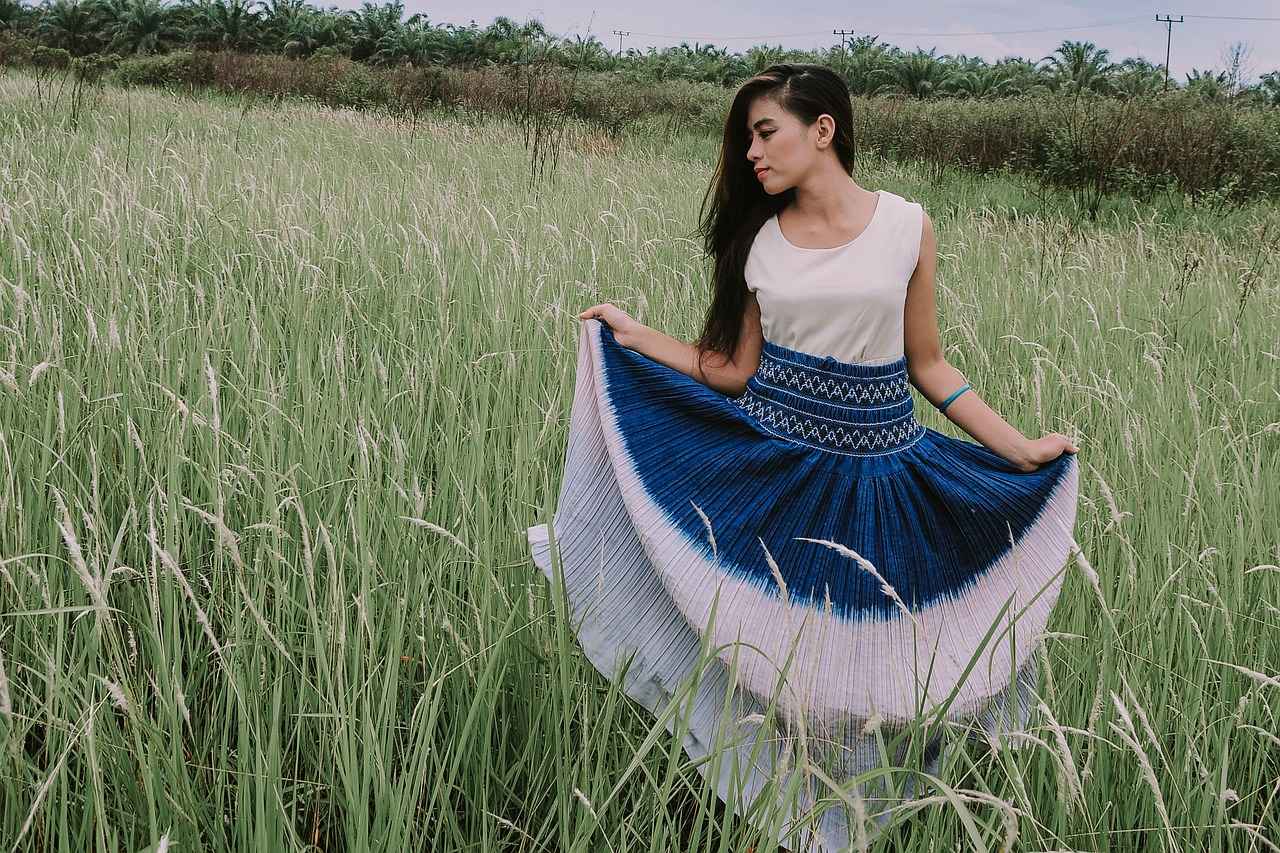
Types of Kimono Dresses
The kimono dress, a quintessential element of Japanese culture, showcases a fascinating array of styles that reflect both tradition and modernity. Understanding the different types of kimono dresses is essential for anyone looking to appreciate or wear this beautiful garment.
| Type of Kimono | Characteristics | Occasions |
|---|---|---|
| Furisode | Long sleeves, vibrant colors, often adorned with intricate patterns. | Worn by young women during celebrations such as coming-of-age ceremonies. |
| Tomesode | Shorter sleeves, typically more subdued colors, often featuring elegant designs. | Commonly worn by married women at formal events like weddings. |
| Hakama | Wide-legged trousers worn over a kimono, often in a pleated style. | Suitable for martial arts ceremonies and graduations. |
| Yukata | Lightweight cotton kimono, often worn in summer with vibrant prints. | Perfect for casual outings, festivals, and hot springs. |
Traditional vs. Modern Kimonos
While traditional kimonos are crafted from luxurious fabrics such as silk and feature detailed hand-painted designs, modern kimonos often incorporate synthetic materials and contemporary patterns. This shift allows for greater accessibility and a wider variety of styles, appealing to a broader audience.
- Fabric Choices: Traditional kimonos prioritize silk for its elegance, while modern versions may use cotton or polyester for comfort.
- Designs: Traditional designs often reflect seasonal themes or historical motifs, whereas modern adaptations may include abstract patterns and vibrant colors.
Understanding these differences not only enhances your appreciation of the kimono but also aids in selecting the right style for various occasions. Whether you opt for a traditional or modern design, each kimono dress tells a unique story, reflecting the rich heritage of Japan.
Traditional Kimono Styles
are steeped in rich cultural significance, each style carrying its own unique history and meaning. Understanding these styles not only enhances your appreciation for the kimono but also aids in making informed choices when selecting one for various occasions.
Two of the most notable traditional kimono styles are the furisode and the tomesode. Each of these styles has specific uses, and knowing when and how to wear them can elevate your experience of this beautiful garment.
- Furisode: This vibrant style is characterized by its long, flowing sleeves, symbolizing youth and elegance. Furisode is typically worn by unmarried women during significant events such as coming-of-age ceremonies, weddings, and formal celebrations. The bright colors and intricate patterns of a furisode reflect the wearer’s joyous spirit and are often adorned with elaborate designs that tell a story.
- Tomesode: In contrast, the tomesode features shorter sleeves and is predominantly worn by married women. This style is often seen at formal gatherings, particularly weddings and tea ceremonies. The tomesode is typically more subdued in color and design, with a focus on elegance and sophistication. It often features a family crest that signifies the wearer’s marital status and family heritage.
Understanding the differences between these styles can significantly enhance your overall kimono experience. When selecting a kimono, consider the occasion and your personal style to ensure that you choose a garment that not only looks beautiful but also resonates with the cultural significance behind it.
In conclusion, the world of traditional kimono styles offers a fascinating glimpse into Japanese culture. By appreciating the meanings behind the furisode and tomesode, you can make more informed choices and wear your kimono with pride.
Furisode: The Youthful Choice
Furisode, a traditional Japanese kimono characterized by its long sleeves, holds a special place in the hearts of many young women. This vibrant garment is often worn during significant life events, including coming-of-age ceremonies, weddings, and other festive occasions. The design and color of a furisode can vary widely, reflecting the wearer’s personality and the nature of the event.
The significance of the furisode lies not only in its aesthetic appeal but also in its cultural importance. Traditionally, it symbolizes youth and unmarried status, making it a popular choice among young women in their teens and early twenties. The long sleeves of the furisode are believed to represent a woman’s potential and future, embodying the spirit of hope and opportunity.
Furisode is typically worn during special occasions such as:
- Seijin Shiki (Coming-of-Age Day): A ceremony held to celebrate young adults reaching the age of 20, marking their transition into adulthood.
- Weddings: Young women may wear furisode as guests or even as brides, depending on the family tradition.
- Graduation Ceremonies: A symbol of achievement, many graduates choose to wear a furisode on this important day.
When selecting a furisode, it is essential to consider the fabric, color, and patterns, as these elements can convey different meanings. For instance, bright colors and intricate designs are often favored for celebratory events, while more subdued tones may be appropriate for formal gatherings.
In conclusion, the furisode is more than just a garment; it is a profound representation of Japanese culture and tradition. Wearing a furisode allows young women to connect with their heritage while celebrating significant milestones in their lives.
Tomesode: The Elegant Option
Tomesode, a traditional Japanese kimono style, is characterized by its shorter sleeves and elegant design, making it a popular choice for married women. This beautiful garment is steeped in cultural significance and is often worn during formal occasions. In this section, we will explore the various uses of tomesode and the appropriate occasions for wearing it.
The tomesode is typically crafted from luxurious fabrics such as silk, adorned with intricate patterns and designs that reflect the wearer’s status and the event’s formality. Unlike other kimono styles, tomesode is often distinguished by its subtle yet sophisticated motifs, which may include seasonal themes or family crests, known as mon.
| Occasion | Style Tips |
|---|---|
| Weddings | Opt for a black tomesode with colorful accents, paired with a formal obi. |
| Tea Ceremonies | Choose a muted color tomesode, complemented by simple accessories. |
| Formal Gatherings | Wear a richly patterned tomesode, emphasizing elegance and style. |
When attending a wedding, the tomesode is often the go-to choice for married women, symbolizing their maturity and grace. The black tomesode, adorned with colorful designs, is particularly favored for its formality and elegance. It is essential to pair it with a suitable obi and elegant footwear to complete the look.
In tea ceremonies, a more understated tomesode can be appropriate, allowing the focus to remain on the ceremony’s tranquil atmosphere. Simple accessories and a muted color palette enhance the serene environment.
Overall, the tomesode is a versatile and elegant option for married women, suitable for a variety of formal occasions. Understanding when and how to wear this beautiful garment not only enhances personal style but also pays homage to the rich traditions of Japanese culture.
Modern Adaptations of Kimono Dresses
have significantly transformed the fashion landscape, creating a harmonious blend of traditional aesthetics and contemporary styles. As fashion evolves, so does the kimono, which has become a versatile garment, appealing to a wide range of audiences around the globe.
One of the most notable trends is the casualization of the kimono. Designers have introduced lighter fabrics and relaxed fits, making them perfect for everyday wear. This shift allows individuals to incorporate kimono dresses into their daily wardrobes without losing the garment’s cultural essence. For instance, many modern kimonos feature bold prints and vibrant colors, appealing to younger generations who seek to express their individuality.
Another popular trend is the fusion of styles. Designers are experimenting with various silhouettes, combining elements from Western fashion with traditional kimono features. This includes pairing kimono tops with jeans or skirts, creating a chic and effortless look. Additionally, the use of non-traditional materials such as denim and cotton blends has made kimono dresses more accessible and practical for everyday use.
Moreover, the rise of sustainable fashion has also influenced modern kimono styles. Many brands are now focusing on eco-friendly materials and ethical production practices, appealing to environmentally conscious consumers. This movement not only preserves the art of kimono-making but also ensures that it remains relevant in today’s fashion scene.
In conclusion, modern adaptations of kimono dresses reflect a dynamic interplay between tradition and innovation. As these garments continue to evolve, they remain a symbol of cultural heritage while embracing contemporary trends, making them a staple in modern wardrobes.

Choosing the Right Kimono Dress for Your Body Type
Selecting a kimono dress that flatters your body type is essential for achieving a polished and elegant look. With the variety of styles available, understanding how to choose the right fit can enhance your confidence and overall appearance. Here are some tips to help you make the best choice:
- Identify Your Body Shape: Understanding whether you have an hourglass, pear, apple, or rectangular body shape is the first step. Each shape has unique characteristics that can be complemented by specific kimono styles.
- Choose the Right Silhouette: For example, if you have a pear shape, opt for a kimono dress that is fitted at the top and flares out at the bottom. This will balance your proportions and highlight your waist.
- Consider Fabric and Length: Lightweight fabrics like chiffon or silk can create a graceful flow, while heavier materials can provide structure. Additionally, the length of the kimono dress matters; shorter styles can elongate the legs, while longer ones can create a more formal appearance.
- Play with Patterns and Colors: Bold patterns can draw attention to your features, while darker colors can be slimming. Choose colors that complement your skin tone to enhance your overall look.
- Accessorize Wisely: The right accessories can elevate your kimono dress. A well-chosen obi (belt) can define your waist, while the right footwear can complete your outfit. Consider the occasion when selecting accessories.
Ultimately, the key to finding the perfect kimono dress lies in understanding your body type and selecting styles that enhance your natural beauty. By following these tips, you can confidently wear a kimono dress that not only fits well but also makes you feel fabulous.
Body Shapes and Kimono Styles
When it comes to selecting the perfect kimono dress, understanding your body shape is crucial. Different body silhouettes can dramatically influence how a kimono is perceived and worn. This section provides insights into how various designs can complement distinct body shapes, ensuring that you choose a style that enhances your natural beauty.
| Body Shape | Flattering Kimono Styles | Key Features |
|---|---|---|
| Apple Shape | Empire waist kimono | Focus on the bust while flowing over the waist, providing a balanced silhouette. |
| Pear Shape | A-line kimono | Flared bottom that accommodates wider hips while accentuating the waist. |
| Hourglass Shape | Wrap kimono | Emphasizes curves and creates a defined waist, enhancing the overall figure. |
| Rectangle Shape | Layered kimono | Adds dimension and creates the illusion of curves with structured layers. |
For those with an apple shape, opting for an empire waist kimono can be particularly flattering. This style draws attention to the bust while allowing the fabric to flow gracefully over the midsection. On the other hand, individuals with a pear shape may find that an A-line kimono works best, as it flares out at the hips, providing a balanced appearance.
For those blessed with an hourglass figure, a wrap kimono is an excellent choice. This design accentuates the waist and highlights curves, making it a popular option for many occasions. Meanwhile, a rectangle shape can benefit from a layered kimono, which adds volume and creates the illusion of curves, enhancing overall proportions.
In conclusion, recognizing your body shape is essential when selecting a kimono dress. By choosing styles that complement your unique silhouette, you can ensure that you not only look great but also feel confident and comfortable in your outfit.
Accessorizing Your Kimono Dress
Accessories play a crucial role in completing your kimono look. The right accessories can elevate your outfit, adding a personal touch while honoring the rich traditions of kimono fashion. Here are some essential tips on how to choose the right obi, footwear, and jewelry to enhance your overall appearance.
- Choosing the Right Obi: The obi is a wide belt that holds the kimono together and is one of the most significant accessories. When selecting an obi, consider the color and pattern to complement your kimono. For instance, a bold, patterned obi works well with a simple kimono, while a more subdued obi can balance a vibrant kimono. Additionally, the type of knot you choose, such as the taiko knot or haneri knot, can influence the overall look.
- Footwear Selection: Traditional footwear, such as geta or zori, is essential for completing your kimono outfit. Geta, with its elevated wooden soles, is perfect for casual outings, while zori, often made from fabric or leather, is more suitable for formal occasions. Ensure that your footwear matches the style and formality of your kimono for a cohesive look.
- Jewelry Choices: When it comes to jewelry, less is often more. Opt for subtle pieces that enhance rather than overpower your kimono. Delicate earrings or a simple necklace can add elegance without detracting from the kimono’s beauty. Consider traditional Japanese jewelry, such as kanzashi
By thoughtfully selecting your accessories, you can create a harmonious and stylish kimono look that reflects your personal style while honoring tradition. Remember, the key is to balance your outfit with the right elements, ensuring that each accessory enhances your overall appearance.
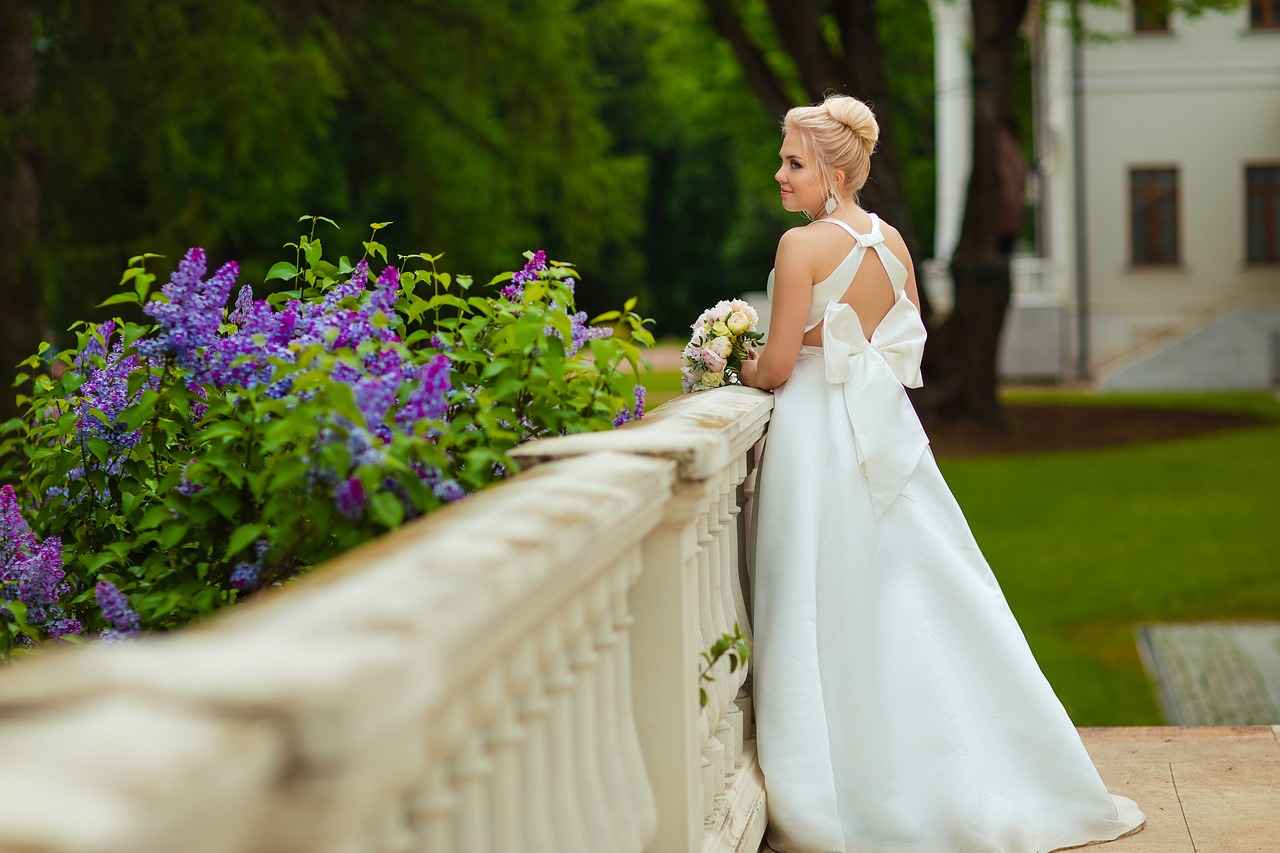
Occasions to Wear a Kimono Dress
Kimono dresses are incredibly versatile garments that can be styled for a variety of occasions. Whether you’re attending a casual gathering or a formal event, the right kimono can enhance your look while honoring a rich cultural heritage. This section will explore various occasions where wearing a kimono dress is appropriate, along with tips on how to style it for each situation.
- Casual Outings: For everyday events such as brunch with friends or a stroll in the park, opt for a lightweight, cotton kimono. Pair it with a simple t-shirt and jeans for a relaxed yet stylish look. Accessorizing with casual footwear, like sandals or sneakers, can complete the outfit.
- Festivals and Cultural Events: Festivals are a fantastic opportunity to showcase a kimono dress. Choose a vibrant, patterned kimono that reflects traditional Japanese designs. Pair it with traditional geta sandals and minimal jewelry to maintain a balanced look.
- Weddings: When attending weddings, especially those with a Japanese theme, a formal kimono is a perfect choice. Opt for a tomesode, which is elegant and sophisticated. Accessorize with a chic obi belt and delicate jewelry to enhance your overall appearance.
- Corporate Events: For professional settings, consider wearing a kimono dress that is more subdued in color and design. A simple, tailored kimono paired with trousers can strike the right balance between professionalism and cultural appreciation.
- Evening Gatherings: For evening events, a long-sleeved kimono with intricate designs can add sophistication to your look. Pair it with elegant heels and statement jewelry to create a stunning ensemble that stands out.
In conclusion, the versatility of kimono dresses allows them to be worn across a spectrum of occasions, each requiring a unique styling approach. By considering the event type and choosing appropriate accessories, you can ensure that your kimono dress is both fashionable and respectful of its cultural significance.
Casual Outings
are perfect opportunities to showcase your personal style while enjoying the comfort of a kimono dress. This versatile garment can be adapted for everyday wear, allowing you to express your individuality with ease. Here are some practical tips and ideas on how to wear a kimono dress for casual events.
- Choose Lightweight Fabrics: For a relaxed look, opt for kimono dresses made from lightweight materials such as cotton or linen. These fabrics are breathable and perfect for warm weather.
- Play with Colors and Patterns: Casual outings allow for more playful choices. Don’t hesitate to select vibrant colors or fun patterns, such as florals or geometric designs, to add a cheerful touch to your outfit.
- Layering Options: Consider layering your kimono dress with a simple tank top or a fitted t-shirt underneath. This not only adds dimension to your outfit but also provides comfort and modesty.
- Footwear Choices: Pair your kimono dress with comfortable footwear. Sneakers, sandals, or even ankle boots can complement the relaxed vibe, making it easy to stroll around.
- Accessorize Wisely: Keep accessories minimal for a casual look. A simple pair of earrings or a delicate necklace can enhance your outfit without overwhelming it.
For example, if you’re heading to a weekend brunch with friends, a floral kimono dress paired with white sneakers and a crossbody bag creates a chic yet comfortable ensemble. Alternatively, for a day at the park, a solid-colored kimono dress with a denim jacket and flat sandals can provide both style and practicality.
Ultimately, the key to wearing a kimono dress for casual outings is to embrace comfort while expressing your unique style. With the right choices, you can effortlessly blend tradition with modern fashion, making your casual outings both stylish and enjoyable.
Formal Events
When it comes to attending , the significance of selecting the right kimono cannot be overstated. The kimono, a traditional garment deeply rooted in Japanese culture, has become a symbol of elegance and grace. Choosing the appropriate style for occasions such as weddings, parties, and ceremonies is essential for making a lasting impression.
To begin with, it is important to understand the different styles of kimonos available. For formal events, options like the tomesode and furisode are particularly popular. The tomesode, with its shorter sleeves and elegant designs, is often worn by married women and is perfect for formal gatherings. In contrast, the furisode, characterized by its long sleeves, is typically worn by young, unmarried women during special occasions, making it a vibrant choice for celebrations.
Additionally, color and pattern play a crucial role in the selection process. Dark colors such as navy blue or black are often preferred for evening events, while lighter shades and floral patterns are suitable for daytime ceremonies. It is also important to consider the season when choosing a kimono; lighter fabrics like chirimen are ideal for summer, whereas heavier materials such as silk provide warmth in colder months.
Accessorizing your kimono is another vital aspect of achieving a polished look. The right obi (belt) can enhance the overall appearance, and choosing the right footwear, such as geta or zori, adds to the authenticity of the outfit. Furthermore, incorporating traditional jewelry can elevate your ensemble, making it suitable for any formal event.
In conclusion, selecting the right kimono for formal occasions involves understanding the various styles, colors, and accessories that complement the garment. By paying attention to these details, you can ensure that your appearance is not only elegant but also respectful of the rich cultural heritage that the kimono represents.

Caring for Your Kimono Dress
Proper care and maintenance of your kimono dress are crucial for preserving its beauty and longevity. A kimono is not just a garment; it is a piece of art that reflects a rich cultural heritage. Here are some practical tips on cleaning, storing, and handling your kimono to ensure it remains in pristine condition.
- Cleaning Techniques:
When it comes to cleaning your kimono, always check the care label for specific instructions. Generally, it is advisable to hand wash your kimono using cold water and a mild detergent. Avoid using bleach or harsh chemicals, as these can damage the fabric. For stubborn stains, consider using a soft cloth to gently dab the area rather than rubbing it. If in doubt, seek professional cleaning services that specialize in traditional garments.
- Storage Tips:
Proper storage is essential to prevent your kimono from wrinkling or fading. Always store your kimono in a cool, dry place away from direct sunlight. Use a breathable garment bag, preferably made of cotton, to protect it from dust and pests. Avoid hanging your kimono for long periods, as this can cause stretching; instead, consider folding it carefully and placing it in a drawer or on a shelf.
- Handling Your Kimono:
When wearing your kimono, be mindful of its delicate fabric. Avoid wearing jewelry that could snag the material, and be cautious when sitting or moving to prevent any accidental damage. Always handle your kimono with clean hands to avoid transferring oils or dirt from your skin.
By following these care tips, you can ensure that your kimono dress remains a cherished part of your wardrobe for years to come. Treat it with the respect it deserves, and it will continue to tell the story of its rich cultural heritage.
Cleaning Techniques
Cleaning a kimono dress is an art that requires special attention and techniques to ensure the fabric remains intact and beautiful. The unique materials used in kimono construction, such as silk and cotton, demand careful handling to avoid any damage during cleaning. Here, we will explore the best practices for washing and maintaining the integrity of your kimono dress.
First and foremost, it is essential to check the care label on your kimono. This label provides valuable information regarding the appropriate cleaning methods for that specific fabric. In most cases, hand washing is recommended over machine washing to prevent wear and tear.
- Hand Washing: Fill a basin with cool water and add a gentle detergent specifically designed for delicate fabrics. Immerse the kimono and gently agitate the water without scrubbing, as this could harm the fibers.
- Rinsing: After washing, rinse the kimono thoroughly in cool water. Ensure all detergent is removed, as any residue can cause discoloration over time.
- Drying: Lay the kimono flat on a clean, dry towel to absorb excess water. Avoid wringing it out, as this can distort the shape. Once the excess moisture is removed, hang it to air dry in a shaded area, away from direct sunlight, which can fade the colors.
For more stubborn stains, consider using a professional cleaning service that specializes in kimonos. They have the expertise to treat specific issues without causing damage to the delicate fabric.
Finally, always remember to store your kimono properly. Use a breathable garment bag and keep it in a cool, dry place to protect it from dust and moisture. By following these , you can ensure your kimono dress remains a stunning representation of cultural heritage for years to come.
Storage Tips
Properly storing your kimono dress is essential to ensure its longevity and maintain its beauty. Here are some effective storage solutions that can help you prevent wrinkles and fabric deterioration:
- Choose the Right Hanger: Use a wide, padded hanger to support the weight of the kimono and maintain its shape. Avoid using thin wire hangers, as they can create creases in the fabric.
- Use a Garment Bag: Store your kimono in a breathable garment bag made of cotton or muslin. This will protect it from dust and light while allowing air circulation to prevent mold and mildew.
- Avoid Direct Sunlight: Store your kimono in a dark, cool place. Prolonged exposure to sunlight can fade the colors and weaken the fabric over time.
- Keep it Dry: Ensure that your kimono is completely dry before storing it. Any moisture can lead to mold growth and fabric damage. If your kimono has been worn, consider airing it out before putting it away.
- Fold Carefully: If you need to fold your kimono, do so gently. Use acid-free tissue paper to cushion the folds and prevent creasing. Avoid sharp folds that can leave permanent lines on the fabric.
- Regular Inspection: Periodically check on your stored kimono to ensure that it remains in good condition. Look for any signs of pests or damage, and address any issues promptly.
By following these , you can ensure that your kimono dress remains in pristine condition for years to come. Proper care not only helps in maintaining its aesthetic appeal but also preserves the cultural significance it holds.
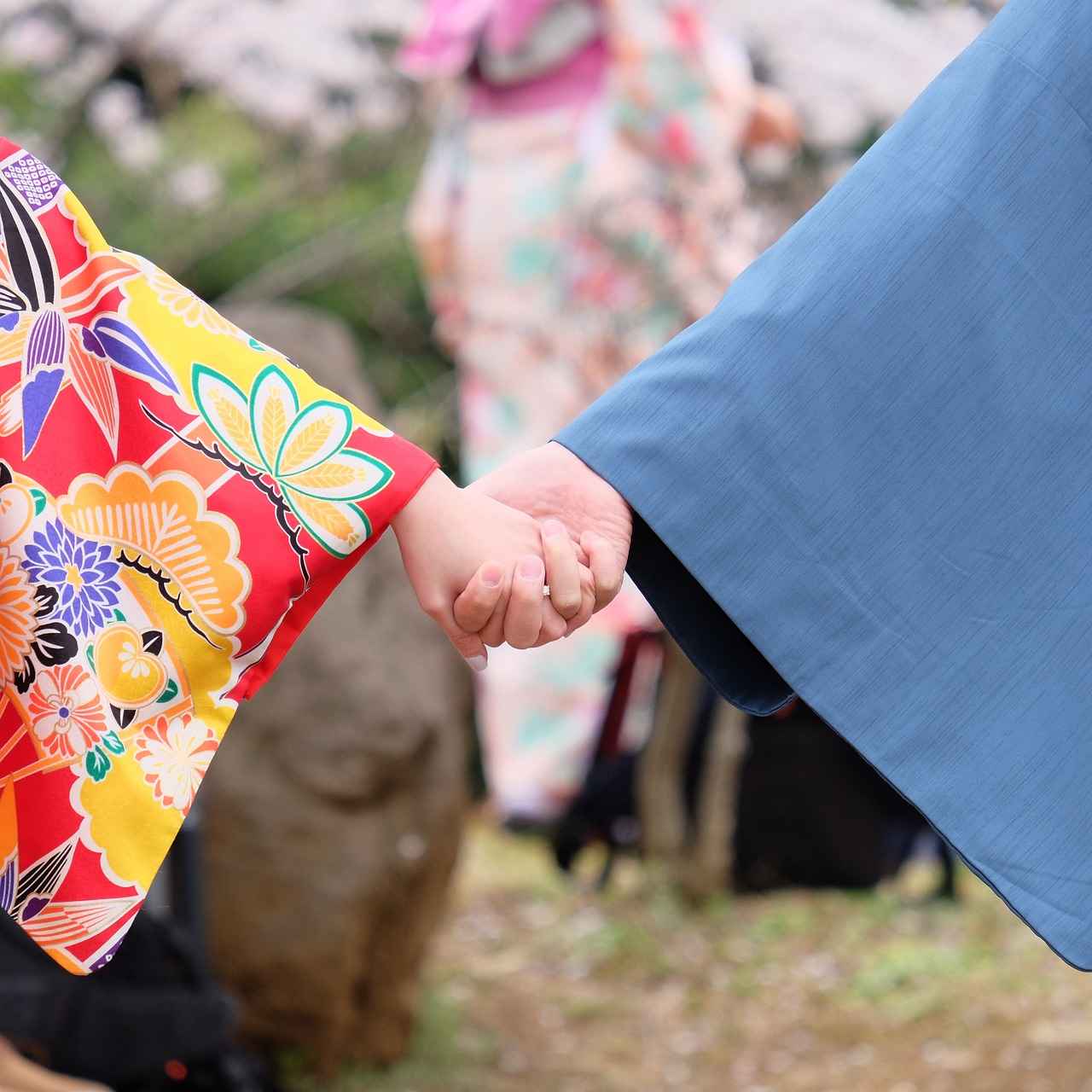
Conclusion: Embracing the Kimono Dress
Wearing a kimono dress transcends mere fashion; it serves as a profound connection to a rich cultural heritage. The kimono, with its intricate designs and historical significance, symbolizes a deep respect for Japanese traditions. Understanding the roots of this beautiful garment enhances the experience of wearing it.
The kimono dress is not only a piece of clothing but a storytelling medium that reflects the values, artistry, and history of Japan. Each kimono tells a unique tale, from the choice of fabric to the colors and patterns that adorn it. By wearing a kimono, you are participating in a tradition that has been cherished for centuries.
Moreover, it is essential to recognize the significance of the different styles of kimono dresses. For instance, the furisode, characterized by its long sleeves, is often worn by young women during special ceremonies, while the tomesode, with its shorter sleeves, is reserved for married women and formal occasions. Each style carries its own meaning and purpose, making it vital for wearers to understand these distinctions.
Additionally, embracing the kimono dress means appreciating the craftsmanship involved in its creation. Many kimonos are handmade, showcasing the skill and dedication of artisans. This aspect of the kimono further emphasizes the importance of respecting the cultural practices that have shaped this garment.
In conclusion, when you choose to wear a kimono dress, you are not just making a fashion statement; you are honoring a legacy. By understanding and respecting the traditions behind this exquisite garment, you can truly appreciate its beauty and significance in both historical and modern contexts.
Frequently Asked Questions
- What is a kimono dress?
A kimono dress is a traditional Japanese garment that has evolved into various modern styles. It typically features a wrap-around design and is known for its beautiful fabrics and intricate patterns.
- How do I choose the right kimono dress for my body type?
Choosing the right kimono dress involves understanding your body shape. For example, if you have an hourglass figure, opt for a fitted style that accentuates your waist. If you’re more pear-shaped, a flowing design can balance your proportions.
- Can I wear a kimono dress for casual occasions?
Absolutely! Kimono dresses can be styled for casual outings by selecting lighter fabrics and simpler designs. Pair it with comfortable footwear for a chic yet relaxed look.
- What accessories should I wear with a kimono dress?
Accessories can elevate your kimono look. Consider adding a stylish obi belt, elegant jewelry, and appropriate footwear to complete your outfit. Just remember to keep it balanced and not too overwhelming!
- How do I care for my kimono dress?
Caring for your kimono dress is key to maintaining its beauty. Always follow specific cleaning techniques, such as hand washing or dry cleaning, and store it in a cool, dry place to prevent damage.
